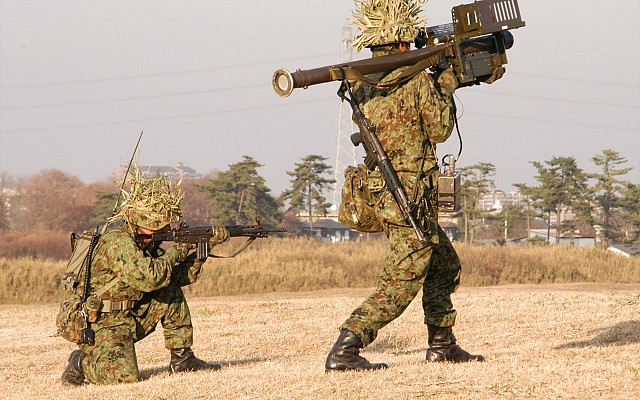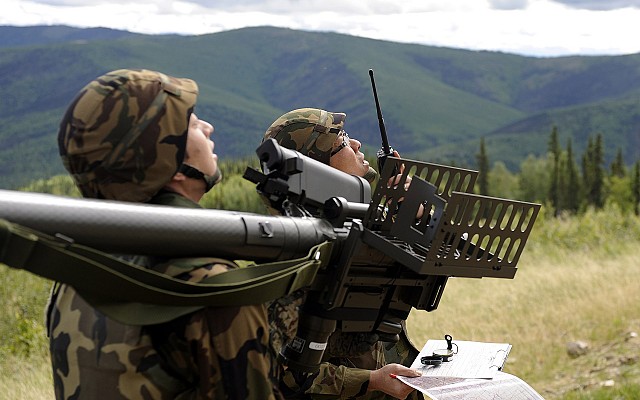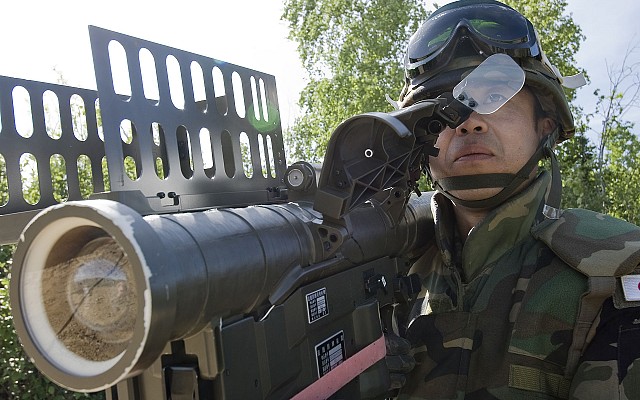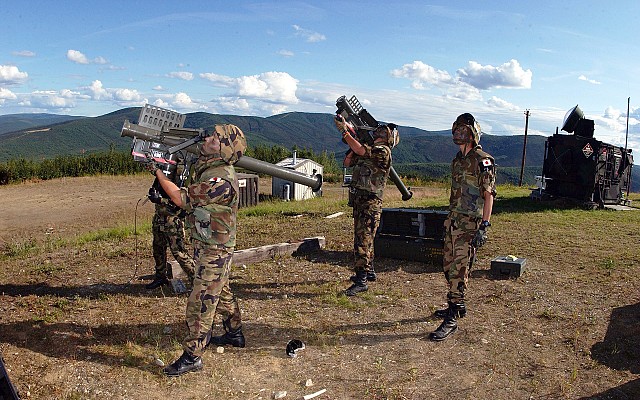Type 91 Kin-SAM
91式携帯地対空誘導弾
Overview
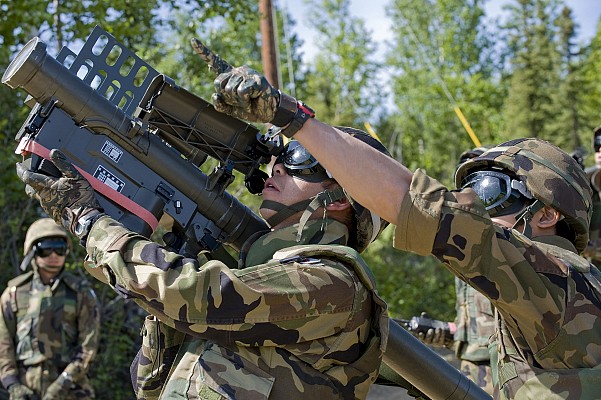
Type 91 Kin-SAM
Two Japanese service members with Type 91 Kin-SAM Kai man portable SAM system seen in 2008.
Source: US Air Force -
© Public domain
2007 for Type 91 Kai
2002 - 2006 (Type 91 Kai)
Japan - Toshiba
2007 - 2010 (Type 91 Kai)
77 sets of Type 91 Kai
SAM-2 = Type 91
SAM-2B = Type 91 Kai
Description
Introduction
The Type 91 Kin-SAM is a modern era man portable surface to air missile of Japanese origin. It was developed in the 1980's as a domestic alternative to the FIM-92 Stinger missile, to which it bears a striking resemblance. It is also known by the official nickname of "SAM-2" and colloquial nickname of "Hand Arrow".
Design
The Type 91 Kin-SAM was developed analogously to the first generation American FIM-92 Stinger. Externally it looks very similar, having a round launch tube, elongated sight unit, cylindrical battery pack and IFF sensor. However, the missile design is somewhat different, having a seeker that comings infrared images with visible light images.
Firepower
The Type 91 Kin-SAM is a short range system that can be used against fighter aircraft, low flying transport aircraft and helicopters. The seeker design of the original Type 91 had a better daytime performance than the early model Stinger, but suffered at night. The imaging infrared sensor of the improved Kai model mitigates this. The maximum range is 5 km and minimum range is 0.3 km. Maximum engagement altitude is about 3.5 km under optimal conditions.
Mobility
The Type 91 Kin-SAM is a very portable system, weighing 17 kg for a loaded launcher. A self-propelled variant was developed as well. This is known as the Type 93 and is based on the Kokidosha 4x4 all terrain vehicle. This pickup style vehicle has a small unmanned turret with optical sensors and two quadruple launch boxes.
Users
The Type 91 Kin-SAM was adopted by Japanese force in 1991. The improved Kai version was adopted in 2007. Several hundred 'sets' have been produced, which likely refers to the gripstock launcher. Conforming to Japanese legislation the Type 91 has not been exported, making Japan the sole users.
Variants
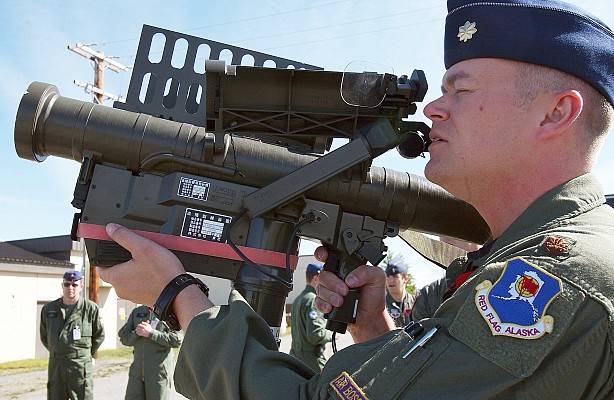
Type 91 Kin-SAM
US airman holding a Japanese Type 91 Kin-SAM Kai man portable SAM system during a joint exercise in the USA in 2003.
Source: US Air Force -
© Public domain
Variants of the Type 91 missile
Details
Media
Related articles
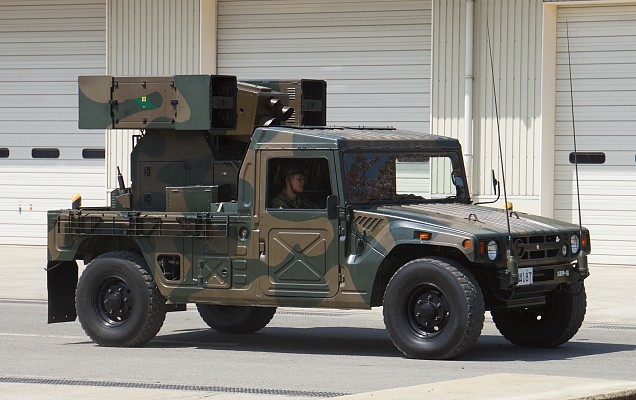
Type 93 Kin-SAM
The Type 93 is a self-propelled SAM system based on a 4x4 chassis. This system had eight Type 91 missiles ready to fire.
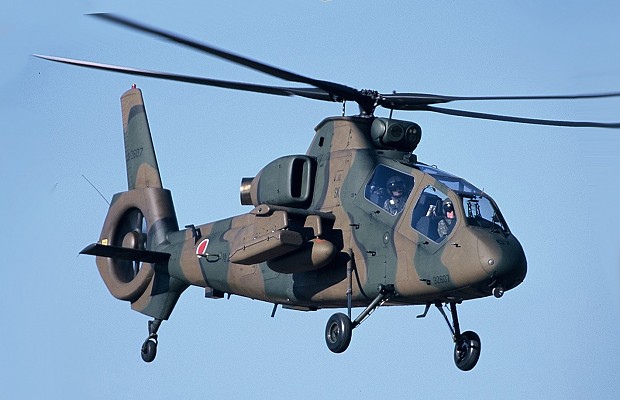
Kawasaki OH-1
Four Type 91 missiles can be carried by the OH-1 Ninja scout helicopter for self-defense.
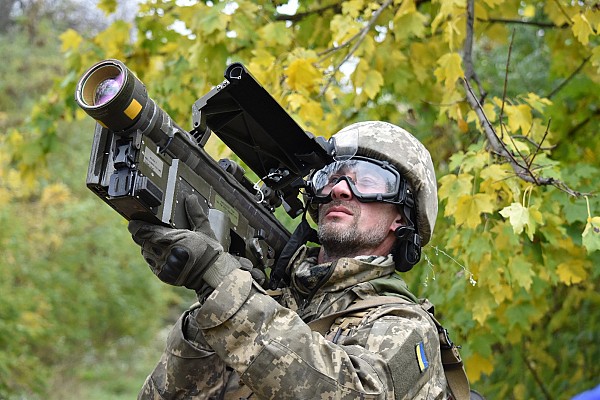
FIM-92 Stinger
Type 91 Kin-SAM looks very similar to the American Stinger, but differs in various design aspects.
